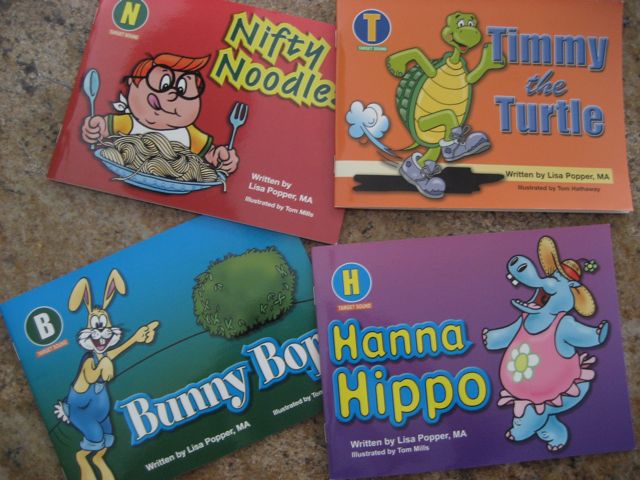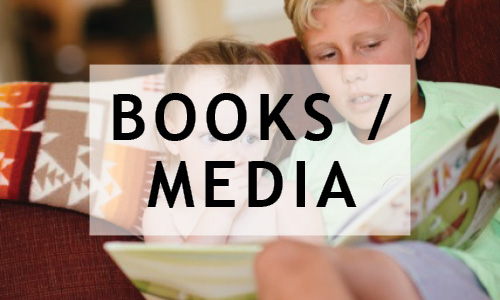 Today was a good day. I feel like we turned a corner with little 2 year-old Travis who is diagnosed with child apraxia of speech. I was the first speech therapist to get involved with the family and have guided them through the process of getting a diagnosis and building a plan for regular therapy 5 times a week. After several professionals suggested autism (I never thought he had autism), and two evaluations later, it was determined that Travis is not on the spectrum but has apraxia. I had told the parents that there can be a lot of hard work and seemingly slow progress and then a child can start to take off in their ability to say sounds and maybe even imitate.
Today was a good day. I feel like we turned a corner with little 2 year-old Travis who is diagnosed with child apraxia of speech. I was the first speech therapist to get involved with the family and have guided them through the process of getting a diagnosis and building a plan for regular therapy 5 times a week. After several professionals suggested autism (I never thought he had autism), and two evaluations later, it was determined that Travis is not on the spectrum but has apraxia. I had told the parents that there can be a lot of hard work and seemingly slow progress and then a child can start to take off in their ability to say sounds and maybe even imitate.
Today was such a milestone. When I offered a puzzle piece to make a 3D animal, I modeled, “”want” and then “wa” as well as used PROMPT physcial prompts for the sounds. Travis replied with “wa” several times, occasionally after his warm-up of “ba ba ba” but he knew when he arrived at the right sound. He was able to repeat “ba” for bear and “da” for dump as we emptied out the lego pieces to the new Duplo Zoo. After his more consistent ability to imitate and repeat my models for CV words beginning with “b, w, d, m” we moved to little books with controlled text based on the early consonants by Kauffman called “The Speech Reading Connection Book Series” designed to go with the Kauffman Kit. Since Travis was having such success today with producing “m” and “b” we read, “Let’s Make Music” and “Bunny Bop.” To an adult, the stories seem a bit contrived and boring but I will say that kids love them. To my surprise, Travis repeated “bop” with his final “p!” We moved on to using the CVCV card from the Kauffman Kit. I have to remember to model and physically prompt the syllable several time and then pause for longer than one would expect to wait for a response. As if a delayed reaction, Travis replied with about 75% accuracy. Sometimes he was only one feature off which was a victory too.
It’s always a challenge to keep therapy fun, especially when working with a child with apraxia since drill is so important. To be able to mix in fun toys as reinforcement and use specific materials designed for repetition works well.
To my fellow SLP’s out there, let’s share what materials and methods are working for you with your kids with apraxia:)



